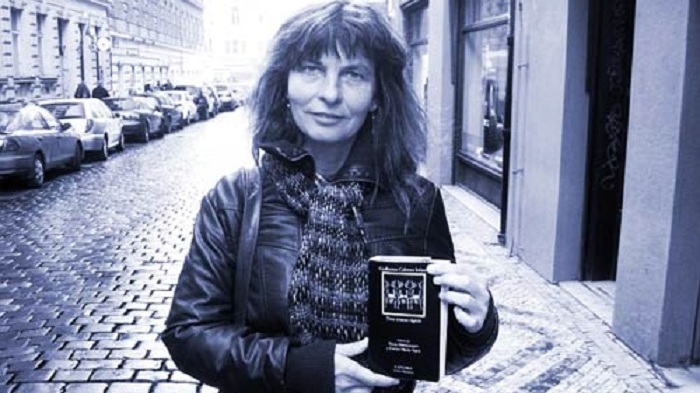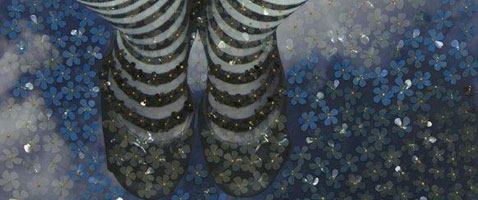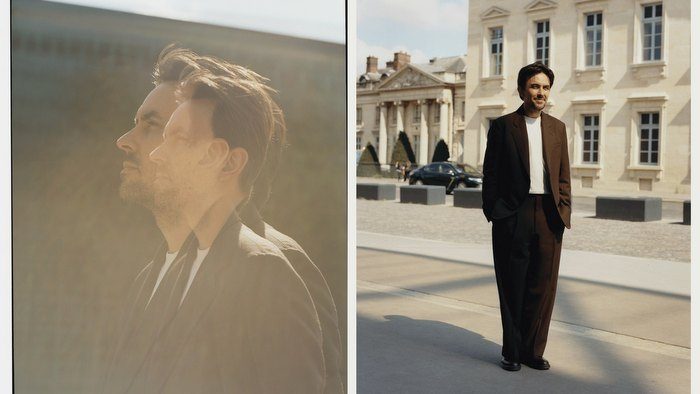By Jose Carlos de Santiago
Within the media stir entailed by ARCOmadrid, another visual arts fair stands out in the Spanish capital, same days, due to its quality and commitment to viewers, to customers. Topics like the competition have been dealt with many times over, positioning it in a second level of importance, but spaces crowed by avid spectators –nearly 40,000this year–, high sale percentages, as well as the excellent proposals brought in by galleries and appraised from a curatorial and aesthetic outlook, confirm that Art Madrid has its own life and has gained a privileged position in the universe of art events in Europe.
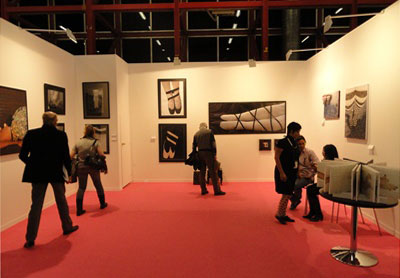 With a strong presence of local galleries and after seven editions, the fair has focused its efforts on promoting young collecting, along with a boost to emerging art, from sections Young Art (with 44 artists from 10 galleries) and One Project (16 creators). 58 spaces from different latitudes decided to attend Art Madrid, Collage Habana among them, Cuban gallery responsible for the first of the salesin 2012. I could talk to its director, Maria Milian. Collage is the only Cuban gallery attending spaces in Madrid during February, with a suggesting and attractive proposal, conceived to open a dialogue on the poetics of three artists from the Island: Cirenaica Moreira, LidzieAlvisa and Mabel Poblet…
With a strong presence of local galleries and after seven editions, the fair has focused its efforts on promoting young collecting, along with a boost to emerging art, from sections Young Art (with 44 artists from 10 galleries) and One Project (16 creators). 58 spaces from different latitudes decided to attend Art Madrid, Collage Habana among them, Cuban gallery responsible for the first of the salesin 2012. I could talk to its director, Maria Milian. Collage is the only Cuban gallery attending spaces in Madrid during February, with a suggesting and attractive proposal, conceived to open a dialogue on the poetics of three artists from the Island: Cirenaica Moreira, LidzieAlvisa and Mabel Poblet…
“Coincidencias del genero is the project’s title, which has been specially commissioned for this event. We had showcased a similar proposal in Art Moscow and, thanks to the references on that event’s website, we were invited to come to Madrid. The collection stands out due to the confluence of several generations, so we can notice common elements –in terms of the conceptual and aesthetic treatment of pieces– and differences –mainly topical–, although the works target genre conflicts. Cirenaica Moreirawith pictures on white and black paper, in addition to a printed canvas on Piel de vaca series; Lidzie Alvisa on the adolescence; and Mabel Poblet, a young woman whose work shows profound interest on this job. I am very feminist. I don’t believe that saying that this is a three-woman project could privilege us, but kind of limit us”.
After I congratulated Maria for having obtained the first of the sales in this edition of the Fair, she commented:
“Precisely, the first artwork sold in Art Madrid was Mabel Poblet’s. Her pieces attract several viewers because they represent a different and fresh work, with marked personality characteristics. Generally, we have been welcomed; we have even been invited to showcase the exhibition in other spaces, like Art Toronto”.
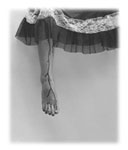 Collage Habana hasattended Art Madridmany times and has decided to continue promoting its artists from this platform…
Collage Habana hasattended Art Madridmany times and has decided to continue promoting its artists from this platform…
“We are founders. We have been here since the first edition and do our best to continue here because we know that it is a very important moment for this city, which becomes an international art showcase. It is the time when collectors come together andart dealers visit Madrid, because ARCO is also being held…”
On ARCO-Art Madrid dichotomy, she said:
“Some artists say that attending ARCO is like entering the first category, so Art Madrid represents the second category or division. I don’t think so. Participating in a fair entails a sort of artwork validation. A balance among the pieces is established, and the same goes for creators and galleries. But fairs are trade events, with good, bad and regular times. ARCO is a fair with history and undoubtedly occupies a significant position within the European art market. But attending one fair or another doesn’t have to do with the value of pieces or artist”.
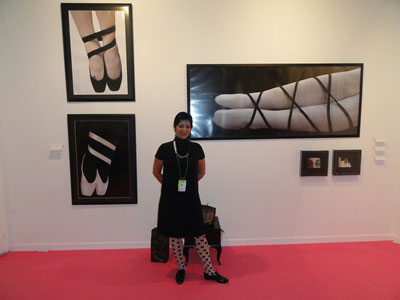 My last question was aimed at superficially exploring the Caribbean island’s cultural strategies in the early 21st century: Fairs are not only trade sites. For a country like Cuba, which takes culture as the base of its life, whose culture is part of its tourism attractions; could your participation in these events be considered a way of spreading Cuban culture off the Island, a sort of tourism claim? Don’t you think that attending more events than what you presently do would be interesting?
My last question was aimed at superficially exploring the Caribbean island’s cultural strategies in the early 21st century: Fairs are not only trade sites. For a country like Cuba, which takes culture as the base of its life, whose culture is part of its tourism attractions; could your participation in these events be considered a way of spreading Cuban culture off the Island, a sort of tourism claim? Don’t you think that attending more events than what you presently do would be interesting?
“I do think so. First, there is a political will in our country aimed at promoting art. Nowadays, we count on new generations of artists who graduated in Art Schools, with solid education, and participating in art fairs represents a concrete way to promote their work. Fairs aren’t profitable, or hardly ever profitable, because art never obtains an initial effect, but it requires effort. The market must be entered step by step, shedding light on artworks and artists. It takes time.
“When it comes to handpicking the proposals, we look for information on the market. Every market has a different favorite or privileged aesthetics. And we have a chance within the heterogeneous, the creative plurality of our country. The first thing we do is getting information on our target customers, the artists that could enter that specific niche. There are also aesthetical confrontations, for instance, Europe is very consistentin terms of color, the color aggressiveness of the tropic. There are places where we are looked as something different, even as something folkloric. This isn’t the case. Our artists are pretty well trained and we have a chance to distinguish, to select a priori what could attract or stimulate this market segment”.
An excellent result for this Cuban gallery and many others. Every year, Art Madrid leaves renewed expectations, along with its two time-and-space colleagues, ARCO and JUSTMAD. Stating that Madrid has become a cultural capital wouldn’t be out of place. The three fairs give the city a multicultural metropolis style, multi-artistic, during this February week.
Related Publications
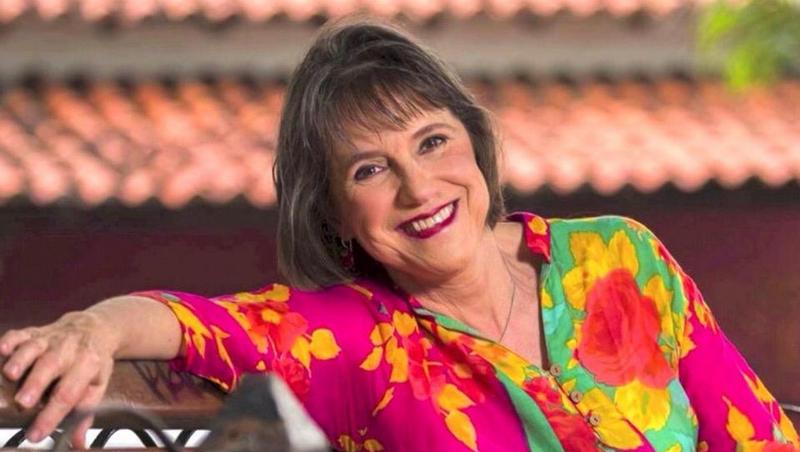
Cecilia Todd. Singing always makes sense
August 21, 2020
Q & A with Marguerite Horberg of Hot House
July 17, 2020